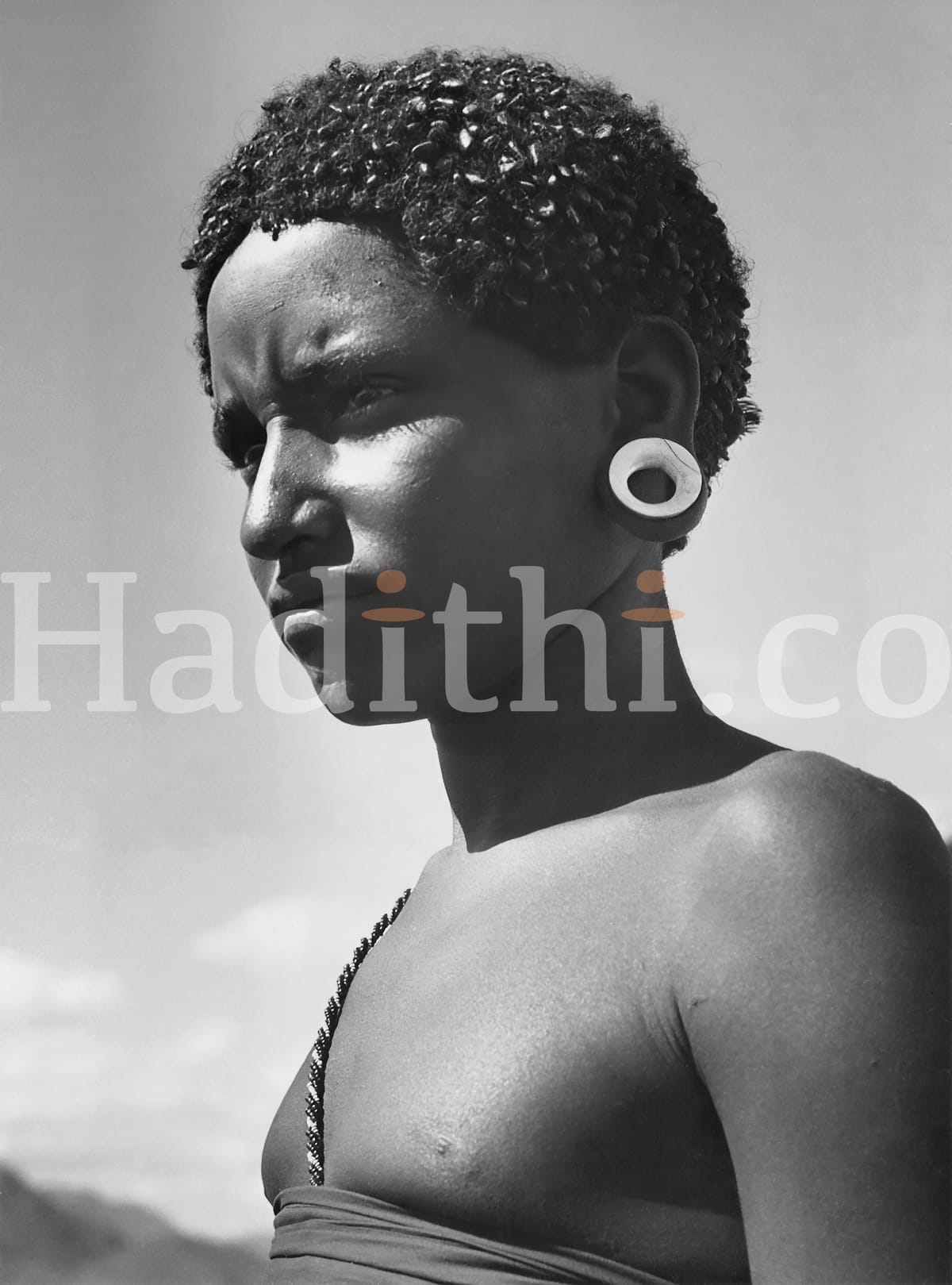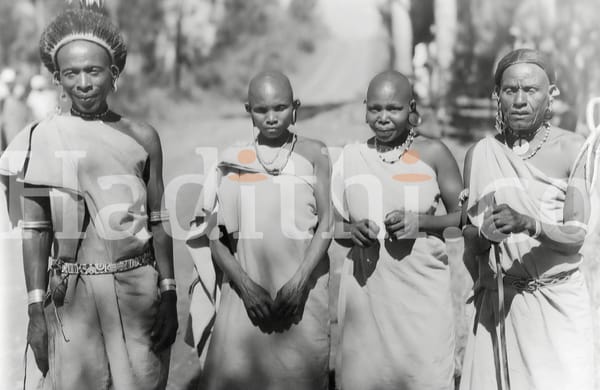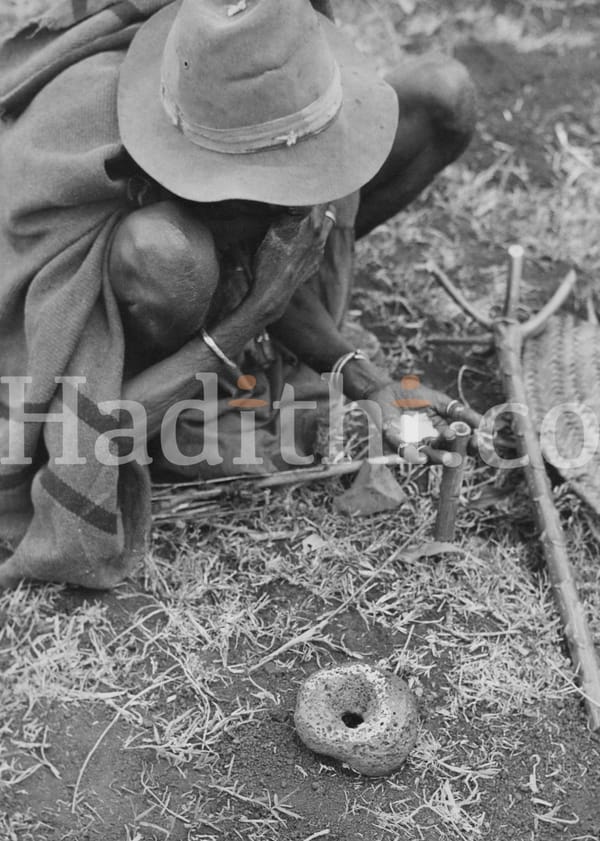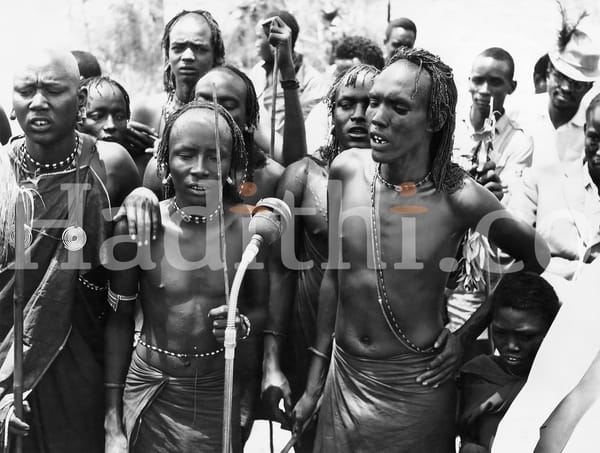The Cultural Significance of Hair Dyeing Among the Samburu People

INTRODUCTION
The Samburu people of Kenya, a subgroup of the larger Maa-speaking ethnic groups, are renowned for their rich traditions and vibrant cultural expressions. One of the most striking elements of their identity is the practice of dyeing hair with red ochre, a natural pigment found in volcanic regions. This ritual is not merely an aesthetic choice; it carries deep symbolic meaning, marking status, identity, and life transitions within the community.
The Symbolism of Red Ochre
The use of red ochre is deeply intertwined with the Samburu’s pastoralist lifestyle. The vibrant red color signifies power, strength, and vitality, evoking the essence of blood that sustains life and is integral to their nomadic existence. For the Samburu, red is not just a color; it is emblematic of their connection to the earth and their role as stewards of the land.
Within the cultural framework of the Samburu, the red dye marks significant stages in life and serves as an identity marker. For instance, young warriors, known as morans, undergo intricate hair rituals that include dyeing their long, braided hairstyles with ochre. This act signifies their transition into manhood and their role as protectors of the community.
Hair as a Marker of Identity and Status
Hair, particularly for Samburu warriors, is an important marker of identity. The elaborate hairstyles, typically styled in long braids, are reserved exclusively for morans. Each braid can signify a warrior's bravery, maturity, and social standing within the tribe.
The transition from warrior to elder is marked by significant hair rituals. As warriors grow older and assume different roles within the community, they will shave their hair, shedding the warrior identity and embracing the responsibilities of elderhood. The community views these rituals as crucial for maintaining social cohesion and respect for tradition.
Aesthetic and Cultural Beauty
Aesthetics play a crucial role in the Samburu's hair dyeing practices. The long, braided hairstyles, combined with the striking red ochre, are considered symbols of beauty and pride. Warriors often spend countless hours braiding each other’s hair, reinforcing bonds of brotherhood and community. This communal activity reflects the values of cooperation and unity, essential to their way of life.
Ceremonial Significance
The application of red ochre extends beyond mere decoration; it holds ceremonial importance during various life events. Events such as weddings and coming-of-age ceremonies feature the application of ochre as a sign of celebration and readiness for new life stages. The ritualistic use of red ochre at these times emphasizes the importance of identity and cultural continuity.
Practical Aspects of Red Ochre
From a practical standpoint, mixing red ochre with animal fat, such as sheep or cow ghee, yields a thick paste that protects and moisturizes both hair and skin. This dual-purpose functionality enhances the practice's appeal, reinforcing its significance in daily life, especially in harsh, dehydrating environments.
Gender Roles in Hair Rituals
Interestingly, gender dynamics shape the practice of hair dyeing within the Samburu community. Women are traditionally prohibited from touching a warrior's hair, as it is regarded as sacred. This belief holds that contact with women may weaken a warrior or bring bad luck, undermining his role as the community's protector. Key to note that it's the warriors themselves who do this, and women are not involved in this entire practice.
Women maintain a different hair tradition, often keeping their hair shaved, which sharply contrasts with the elaborate hairstyles of the warriors. The separation of gender roles reflects broader societal structures and cultural beliefs that influence daily life and rituals in Samburu society.
Conclusion
The practice of dyeing hair with red ochre among the Samburu people incorporates a complex interplay of identity, status, aesthetics, and cultural tradition. It serves as a reflection of their pastoralist lifestyle, marking significant life transitions and reinforcing communal bonds. This ritual not only expresses individual beauty but also embodies the collective strength of the Samburu as they navigate their rich cultural tapestry. As globalization and modernization impact traditional practices, the continued significance of this age-old custom stands as a testament to the resilience and enduring identity of the Samburu community.




